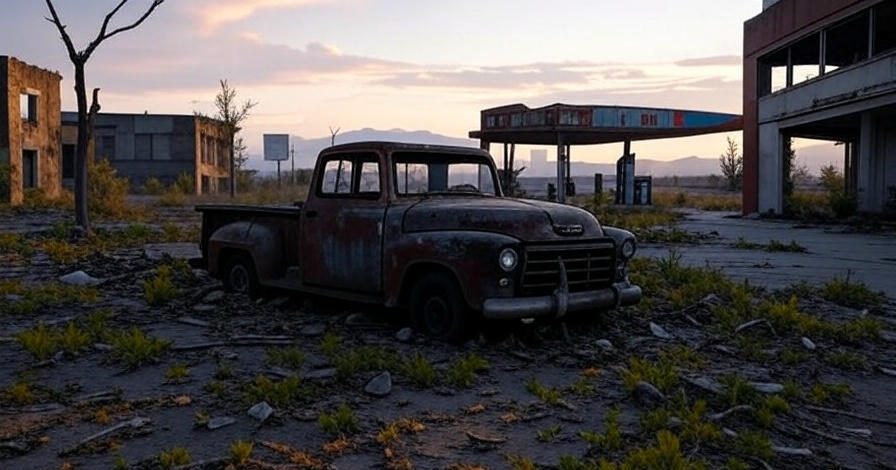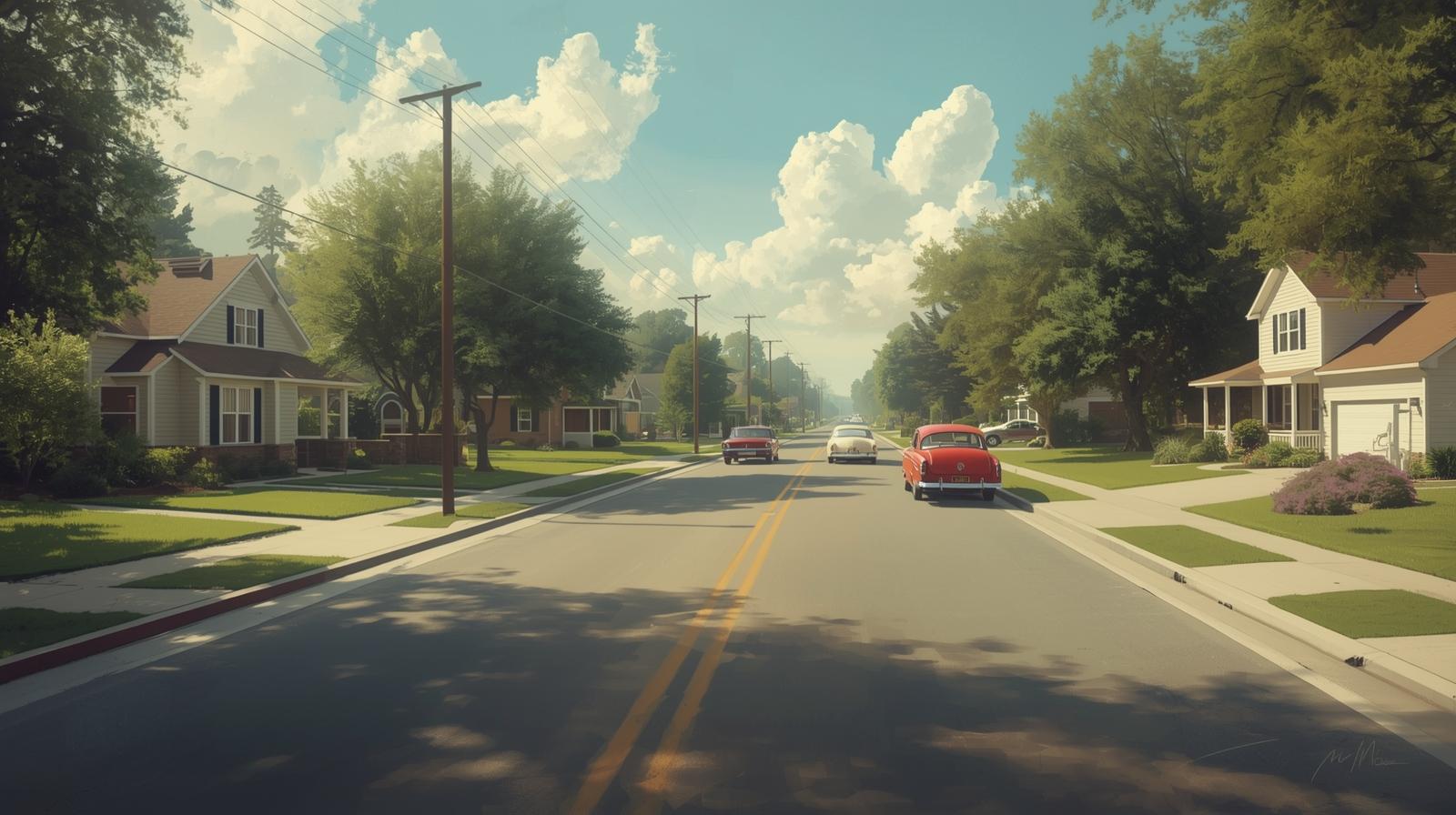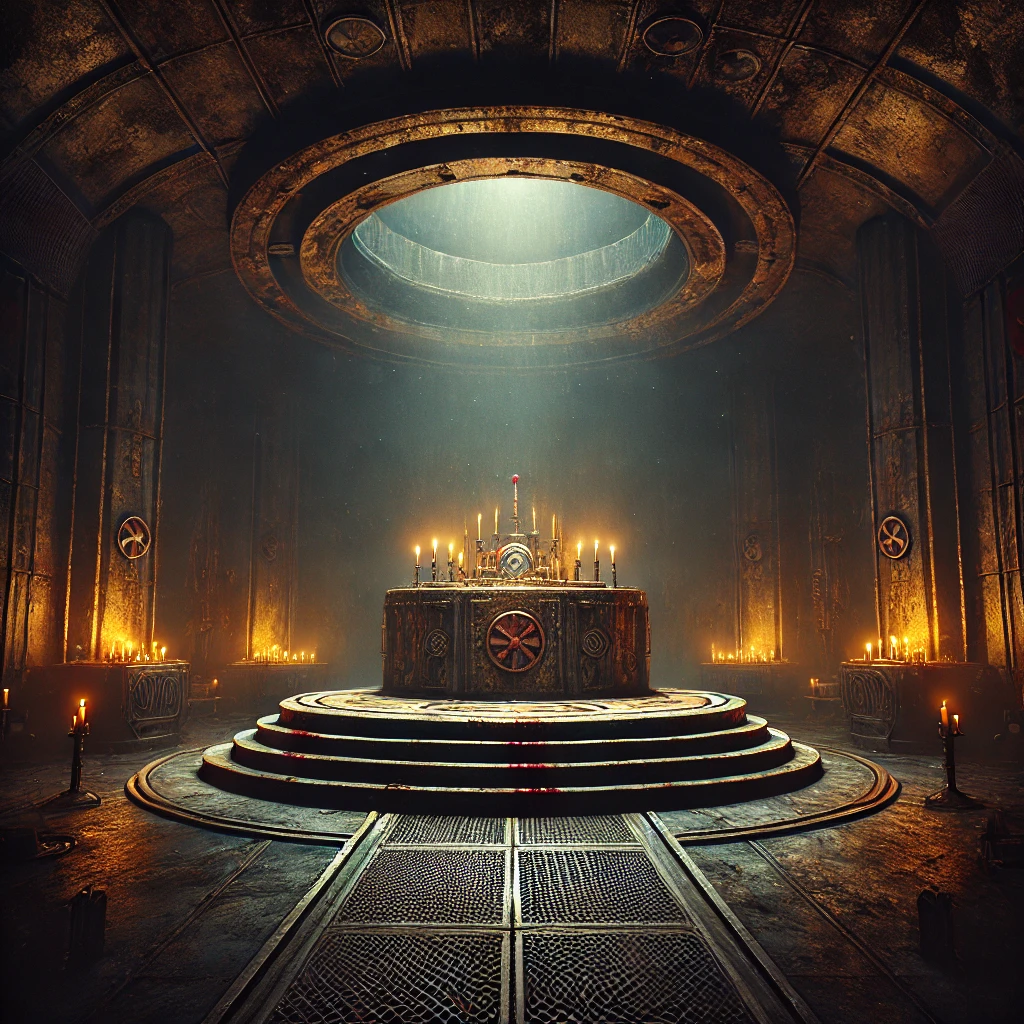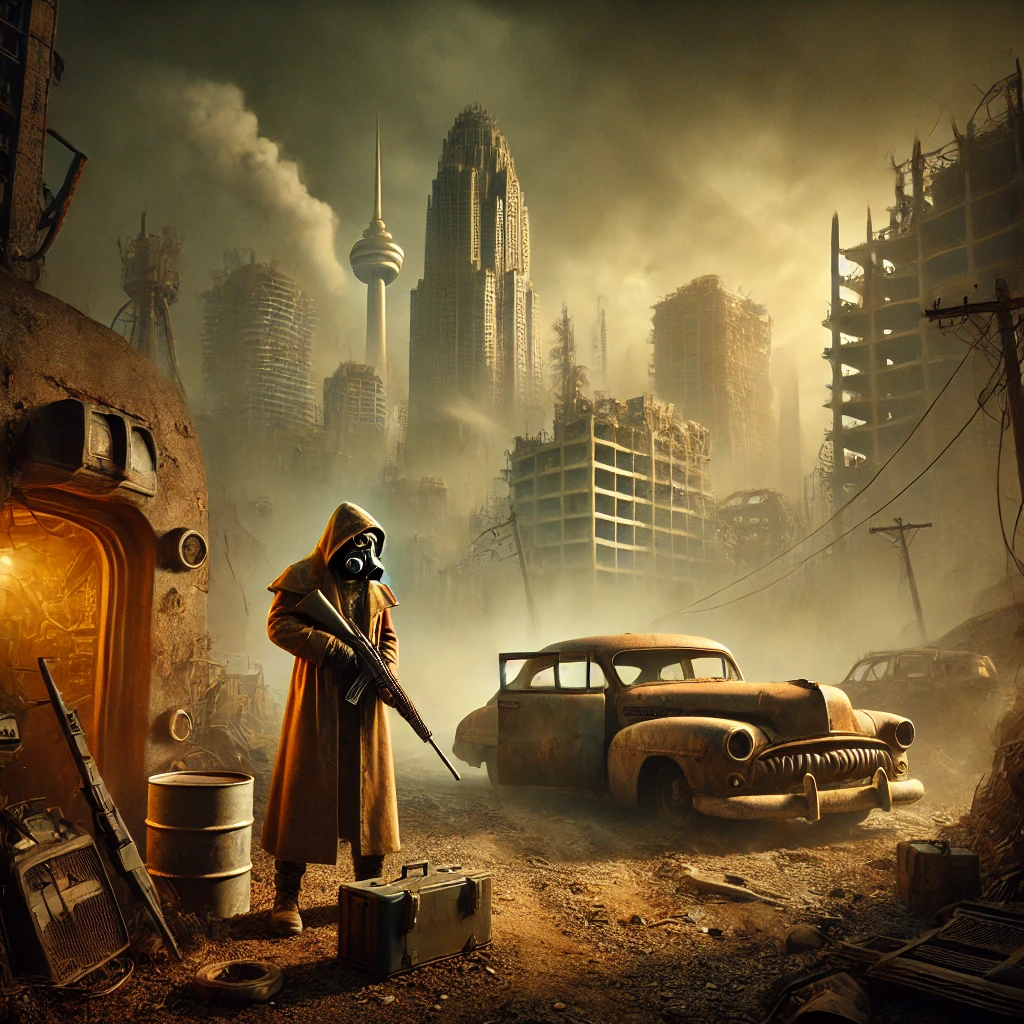Before the bombs fell and the world was reduced to ash and ruin, the roads of Fallout’s America were bustling with uniquely styled vehicles—testaments to the nation’s technological ambitions and cultural aesthetic. Though now rusting relics, the vehicles scattered across the Wasteland tell a powerful story about pre-war America’s obsession with nuclear power, automation, and patriotic industrialism.
This post takes a detailed look at the automotive brands that existed in the Fallout universe and draws parallels to their potential real-world inspirations. While Bethesda and Obsidian have only officially named a few manufacturers, the design and cultural cues give us more than enough to speculate and analyze.
The Known Players in Fallout’s Automotive Industry
Though the Fallout universe doesn’t boast a wide array of fleshed-out car brands, it does include some prominent names and vehicle types. The most recognizable include:
- Chryslus Motors
- RobCo Industries (Automobiles Division)
- General Atomics International
- Poseidon Energy (as a fuel and power supplier)
Let’s take a closer look at each.
1. Chryslus Motors: The Crown Jewel of Pre-War Auto Innovation
Fallout Lore
Chryslus Motors is perhaps the most iconic and heavily featured car manufacturer in the Fallout series. Their vehicles are sleek, large, and inspired by the retro-futuristic aesthetic that defines Fallout. The most famous model—the Chryslus Highwayman—is a drivable car in Fallout 2, and other models appear as environmental props throughout the 3D games.
These cars were powered by fusion or atomic engines, eliminating the need for gasoline. However, the technology was volatile and expensive, making Chryslus vehicles status symbols of wealth and modernity.
Real-World Counterpart: Chrysler + Cadillac
The name “Chryslus” is a clear nod to Chrysler, a real-world American automotive manufacturer known for bold, futuristic design choices in the mid-20th century. However, the sleek chrome curves and luxurious interiors of Chryslus cars also mirror Cadillac, especially in the 1950s. The futuristic fins, bubble roofs, and gliding form factor recall concept cars like the 1956 Cadillac Eldorado Brougham or the GM Firebird series.
Chryslus, then, represents the apex of American luxury car manufacturing in Fallout—embodying excess, atomic ambition, and nationalist pride.
2. RobCo Industries: The Automation Titans
Fallout Lore
While primarily known for their robotics (Protectrons, Mr. Handy, and Pip-Boys), RobCo also dabbled in automated transportation. The lore suggests that they produced advanced self-driving vehicles and experimental AI systems for logistics and personal mobility.
Though not a “car company” in the traditional sense, RobCo’s technology found its way into transportation systems and prototype driverless vehicles. There are also hints that RobCo collaborated with Chryslus on advanced models.
Real-World Counterpart: Tesla + Google (Waymo)
RobCo’s ventures into automation parallel real-world companies like Tesla, known for its AutoPilot systems and futuristic vehicles, and Google’s Waymo, which develops autonomous driving systems. Their use of artificial intelligence and cloud control mirrors RobCo’s integration of AI into transportation—a bold but dangerous experiment, as the Fallout universe would later demonstrate.
RobCo’s vehicles weren’t mainstream, but their advanced technology would’ve likely fueled the elite’s private transport and military logistics.
3. General Atomics International: Domestic and Industrial Mobility
Fallout Lore
General Atomics is another familiar name in the Fallout universe, best known for creating domestic helper robots like Mr. Handy. However, the company also manufactured industrial vehicles, transport robots, and potentially early atomic-powered civilian cars.
Unlike Chryslus, General Atomics was less about style and more about function. Their designs were bulkier, more utilitarian, and likely intended for government contracts and infrastructure needs.
Real-World Counterpart: General Motors (GM) + Lockheed Martin
The name “General Atomics” recalls General Motors, especially during its 1940s–1970s heyday when it expanded into everything from industrial equipment to space-age concepts like the GM Firebird. It also has shades of Lockheed Martin or Northrop Grumman, companies involved in advanced defense tech and nuclear projects.
General Atomics vehicles would likely have been designed for wartime or disaster evacuation, serving both military and civilian needs.
4. Poseidon Energy: The Fuel Kings of the Atom Age
Fallout Lore
Though not a car manufacturer, Poseidon Energy played a critical role in the pre-war automotive ecosystem by supplying power, fuel, and nuclear tech to companies like Chryslus. They ran gas stations, fusion recharging hubs, and even entire power plants.
Their decline following the war left much of the world without stable energy infrastructure, rendering many vehicles unusable.
Real-World Counterpart: ExxonMobil + Chevron
Poseidon Energy is Fallout’s fictional stand-in for the fossil fuel and energy conglomerates of our world. Their atomic ambitions, corporate secrecy, and monopolistic control mirror companies like ExxonMobil or Chevron—both of which have had outsized influence over national energy policies.
In Fallout, Poseidon’s nuclear infrastructure is a ticking time bomb—literally and metaphorically—highlighting the dangers of unregulated technological ambition.
What Fallout’s Cars Say About Its Culture
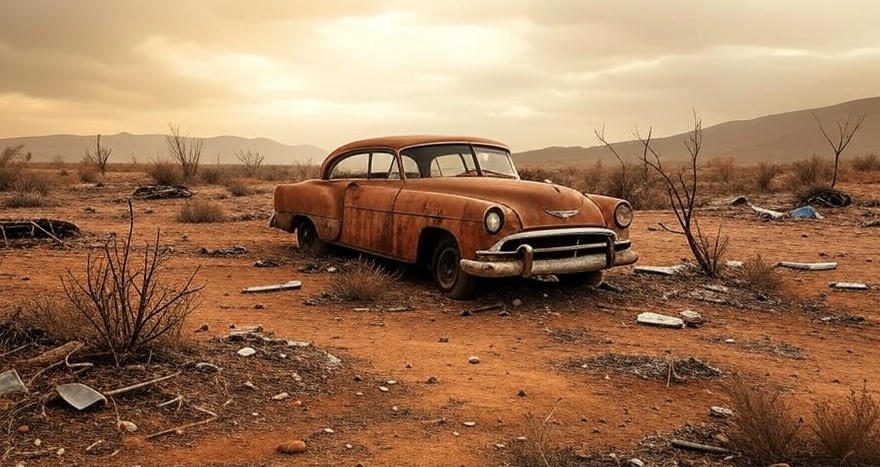
The cars of Fallout’s pre-war world weren’t just transportation—they were cultural icons.
- Atomic Engines: The widespread use of atomic power represents a society obsessed with limitless energy, regardless of safety. It’s both a critique of Cold War-era nuclear ambition and a commentary on today’s tech overreach.
- Design Aesthetics: Fallout cars are beautiful, exaggerated machines. With massive tail fins, glowing cores, and floating design cues, they mimic the optimistic futurism of the 1950s and 60s. It’s a world where people believed the future was bright—right up until it exploded.
- Decay and Preservation: Seeing these once-powerful machines rusting away in the Wasteland reinforces one of Fallout’s central themes: technological triumph followed by total collapse. These vehicles are ghosts of a bygone civilization, and their remains serve as storytelling tools.
Fan-Favorite Vehicles: In-Game Appearances and Cultural Impact
While many vehicles are non-functional in Fallout’s modern titles, a few have taken center stage:
The Chryslus Highwayman (Fallout 2)
One of the only drivable cars in the series, the Highwayman offered fast travel and unique encounters. Customizable and powered by fusion cells, it gave players a taste of what pre-war freedom might’ve felt like.
The Chryslus Cherry Bomb (Fallout 4)
Displayed in the garage of Sanctuary Hills, this red beauty is one of the most detailed pre-war car models. Its flashy design and exposed core are fan favorites for modders and concept artists.
Vault-Tec Utility Vehicles
Found near vaults and industrial areas, these are boxy, tank-like vehicles used for construction or logistics. They’re functional rather than fashionable—testaments to pre-war practicality.
Modding and Real-World Tributes
The Fallout modding community has done a stellar job reviving these vehicles in creative ways:
- Mods that restore drivable cars to Fallout: New Vegas or Fallout 4
- Fan art and 3D prints of Chryslus models
- Real-world car wraps themed after Fallout vehicles
These tributes show how deeply the automotive elements resonate with fans—even when the cars themselves are static props in-game.
Final Thoughts: What Might the Future Hold?
With Fallout’s next-generation titles likely on the horizon, many fans hope for a more immersive driving experience. Could Fallout 5 reintroduce usable vehicles beyond vertibirds? Could we see restored Chryslus dealerships or scavenger quests to rebuild pre-war relics?
Whatever the case, the automobiles of Fallout remain an essential—if often overlooked—part of the series’ DNA. They tell stories of ambition, arrogance, and collapse… just like the world they once drove through.
What’s your favorite Fallout vehicle? Do you think we’ll ever get to drive one again in a future game? Drop your thoughts in the comments and share this with your fellow vault dwellers.
